Cabbage (Brassica oleracea), a member of the cruciferous family, is widely grown for its dense, leafy heads and is a staple in many cuisines around the world. It thrives in a variety of climates and can be cultivated throughout much of the year, depending on the region. This vegetable not only provides essential nutrients but also offers various health benefits, making it a valuable addition to any garden or agricultural system. In this detailed description, we will explore the cultivation method of cabbage as well as its nutritional value.
Cabbage Cultivation Method
Climate and Soil Requirements
Cabbage grows best in temperate climates, preferring cool weather with temperatures between 15°C to 20°C (59°F to 68°F). It is sensitive to heat, and excessive warmth can cause premature bolting or poor head formation. Therefore, it is ideal for planting in early spring or late summer, depending on local climate conditions.
Soil conditions play a crucial role in cabbage cultivation. Cabbage prefers rich, well-drained, and loamy soils with a pH level of 6.0 to 6.8. The soil should be fertile, containing adequate organic matter and nutrients, as cabbage is a heavy feeder. Soil testing before planting is highly recommended to assess nutrient levels and determine whether amendments are needed. If the soil is heavy and clayey, adding organic matter such as compost can improve drainage and soil texture.
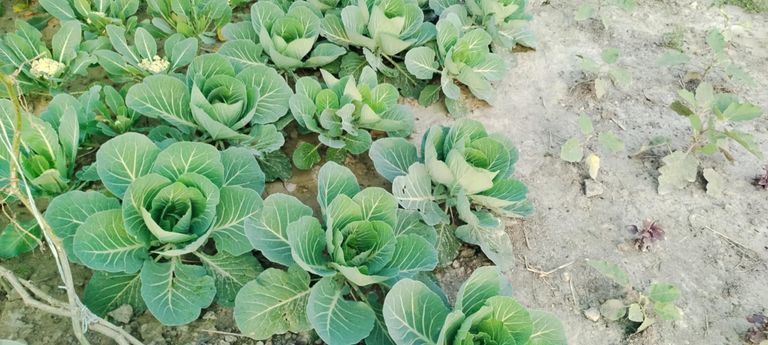
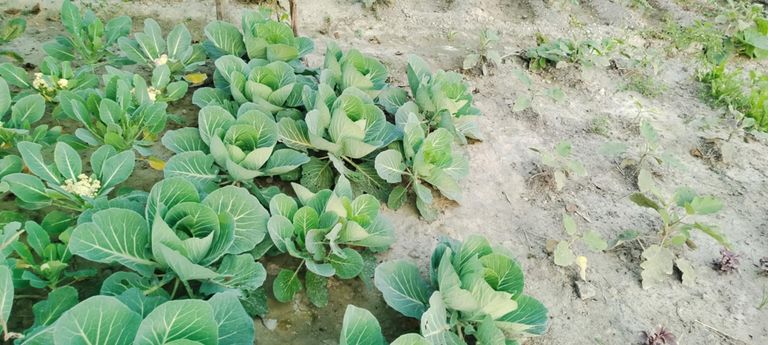
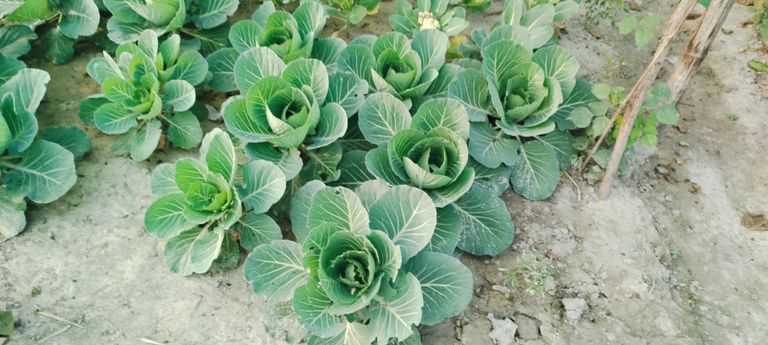
Seed Selection and Preparation
Choosing the right cabbage variety is the first step in ensuring successful cultivation. Cabbages come in various types, including green, red, and savoy (curled leaves). There are also different maturity ranges, from early to late season varieties, each suited to different climates and harvest schedules. Seedlings for early-season varieties can be started indoors 6-8 weeks before the last expected frost date, while late-season varieties are typically direct-seeded or transplanted in late spring.
Before sowing, seeds should be soaked in water for 12-24 hours to promote germination. In regions with short growing seasons, using a seed tray to start seeds indoors is beneficial, and they can be transplanted outdoors once they have developed into sturdy seedlings with at least 3-4 leaves.
Planting Cabbage
Cabbage can be grown from seed or transplants. If starting from seed, sow seeds directly into the soil about 1/4 to 1/2 inch deep. Space the seeds 18-24 inches apart in rows that are spaced 24-36 inches apart to allow the plants adequate space to grow. For seedlings, transplant them into the soil when they are about 6 weeks old, ensuring that the roots are well-established.
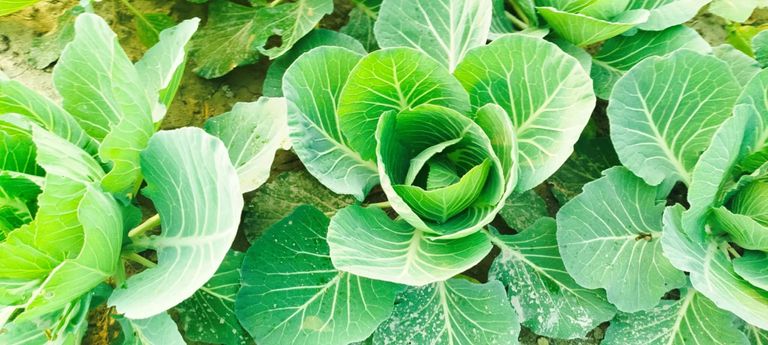
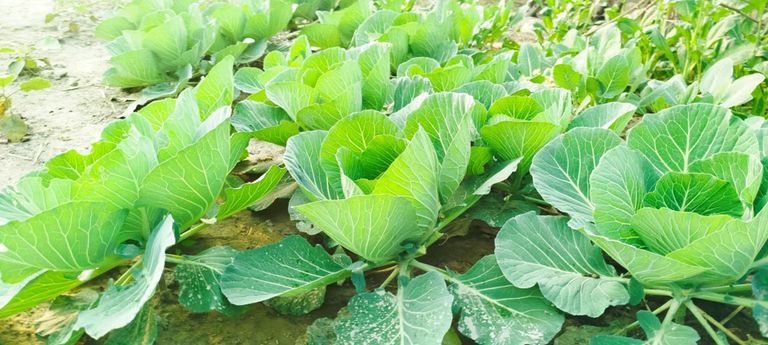
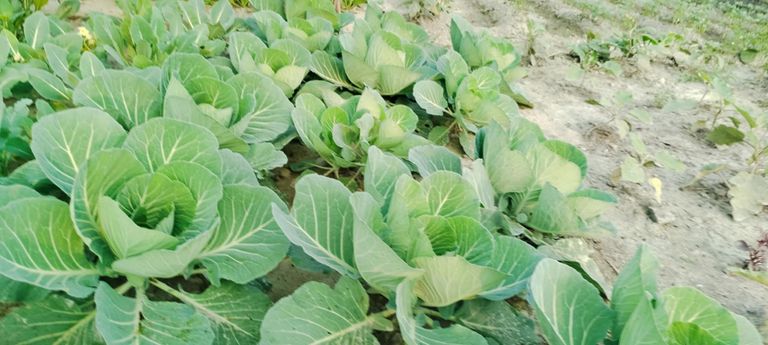
It’s important to water thoroughly after planting, but care should be taken to avoid waterlogging, as cabbage is susceptible to root rot in overly wet conditions. Drip irrigation or a soaker hose is often preferred for even and consistent watering.
Care and Maintenance
Once planted, cabbages require consistent care to ensure healthy growth and optimal yield. This includes:
Watering: Cabbages need consistent moisture, especially during head development. Drip irrigation or watering at the base of the plant helps prevent fungal diseases.
Mulching: Applying mulch around the base of the plant helps retain moisture, suppress weeds, and regulate soil temperature.
Fertilization: Cabbage is a nutrient-demanding crop. It is essential to fertilize the plants regularly, especially with nitrogen during the early stages of growth. A balanced fertilizer or compost can be applied during planting and again as the plants grow.
Pest Control: Cabbages are susceptible to a range of pests such as aphids, cabbage worms, and flea beetles. These can be managed through organic methods like using insecticidal soap, introducing natural predators, or placing row covers to protect the plants.
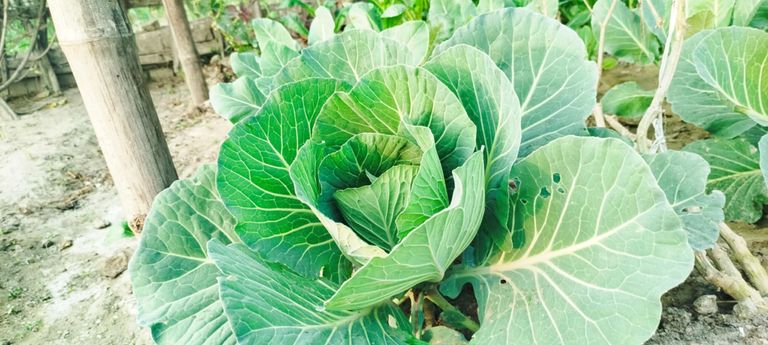
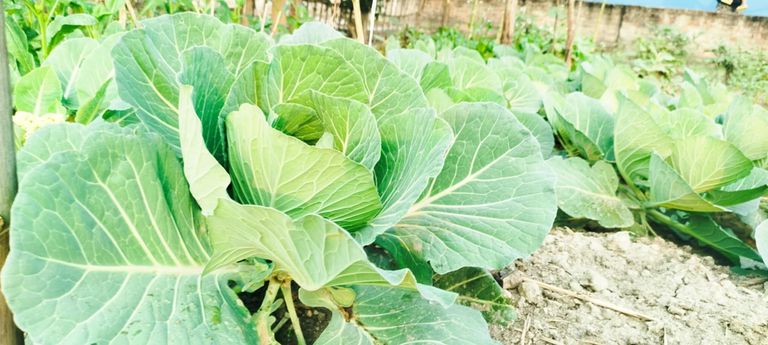
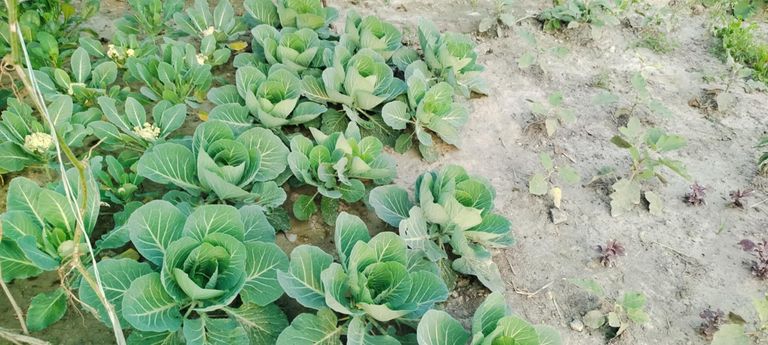
Harvesting Cabbage
Cabbages are typically ready for harvest 70 to 120 days after planting, depending on the variety and growing conditions. The heads should be firm when squeezed and fully formed. The outer leaves will often begin to yellow as the cabbage matures, which is a good indicator that the head is ready to be harvested.
To harvest, cut the head off at the base using a sharp knife or garden shears. If growing multiple heads, it’s advisable to harvest them in stages, as cabbage heads do not ripen all at once. Once harvested, cabbage can be stored in a cool, dry place or refrigerated for several weeks.
Post-Harvest Handling and Storage
Cabbage can be stored for extended periods if handled properly. After harvest, cabbage heads can be kept in a cool, humid environment, ideally at temperatures around 0°C to 4°C (32°F to 40°F). Fresh, uncut cabbage heads can last up to 3 months under optimal storage conditions. If the cabbage has been cut, it should be stored in the refrigerator and used within a week to avoid spoilage.
Nutritional Value of Cabbage
Cabbage is a low-calorie vegetable that is packed with essential nutrients and provides numerous health benefits. It is highly versatile in the kitchen, making it an excellent choice for inclusion in various dishes, including salads, soups, stir-fries, and fermented foods like sauerkraut.
Macronutrient Composition
Cabbage is primarily composed of water, making it a hydrating and low-calorie food. It contains about 25 calories per 100 grams (3.5 ounces), making it an excellent option for weight management. The carbohydrate content in cabbage is modest, primarily from fiber. Cabbage contains about 5 grams of carbohydrate per 100 grams, including 2.5 grams of dietary fiber, which contributes to digestive health and provides a sense of fullness.
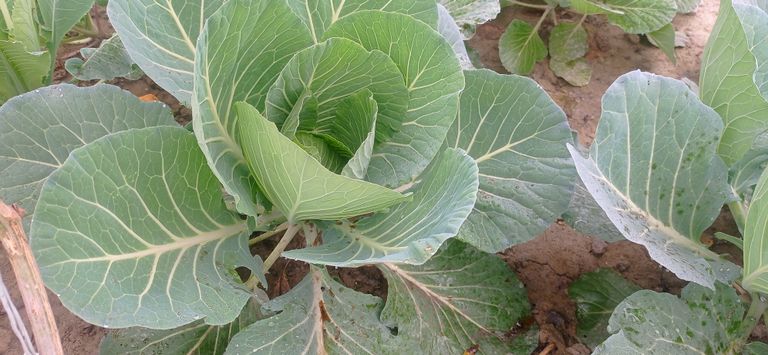
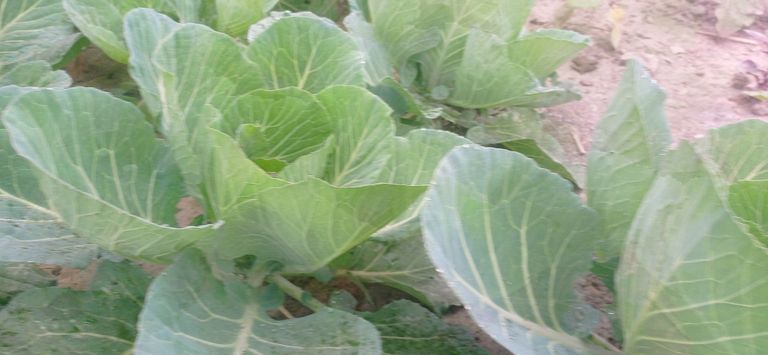

Cabbage is very low in fat and protein. A 100-gram serving provides only 0.1 grams of fat and about 1.3 grams of protein. This makes it an excellent side dish to complement protein-rich foods in a balanced diet.
Vitamins and Minerals
Cabbage is rich in a variety of essential vitamins and minerals:
Vitamin C: A 100-gram serving of cabbage provides about 36.6 milligrams of vitamin C, which is roughly 60% of the recommended daily intake. Vitamin C is essential for immune function, collagen synthesis, and acts as an antioxidant to protect cells from oxidative damage.
Vitamin K: Cabbage is also an excellent source of vitamin K, with 100 grams providing 76 micrograms, or about 63% of the daily recommended intake. Vitamin K plays a key role in blood clotting and bone health.
Folate: Cabbage contains significant amounts of folate, a B-vitamin that is vital for DNA synthesis and cellular function. Folate is especially important for pregnant women as it helps prevent birth defects.
Minerals: Cabbage provides a good source of calcium, potassium, and magnesium. These minerals are vital for bone health, fluid balance, and muscle function.

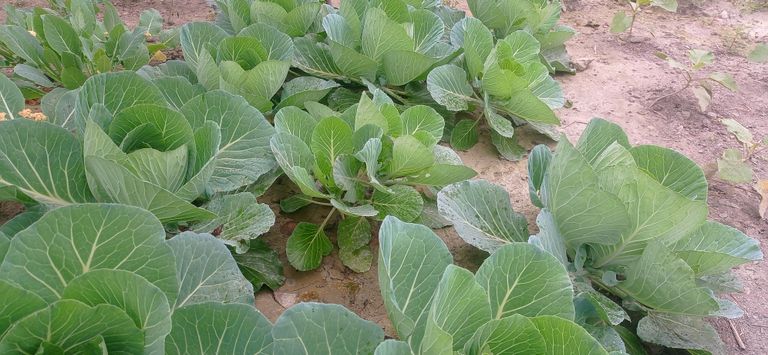
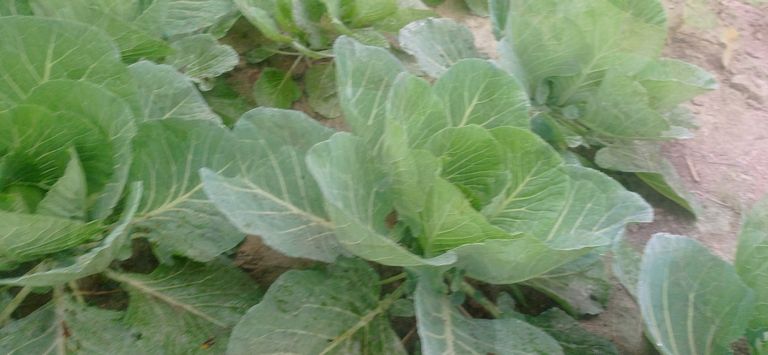
Antioxidants and Phytochemicals
Cabbage is rich in antioxidants and phytochemicals, including flavonoids, carotenoids, and sulfur compounds, which contribute to its health benefits. These compounds have been linked to a reduced risk of chronic diseases, including heart disease, cancer, and inflammation. The sulfur-containing compounds in cabbage, known as glucosinolates, are especially noted for their potential cancer-fighting properties.
Health Benefits
The consumption of cabbage offers various health benefits due to its rich nutritional profile. These benefits include improved digestion, enhanced immune function, and anti-inflammatory effects. The fiber in cabbage supports gut health by promoting regular bowel movements, while the antioxidants help protect the body against oxidative stress.
In addition, cabbage is believed to have potential cholesterol-lowering effects and to help regulate blood sugar levels, making it a heart-healthy food choice. Fermented cabbage, such as sauerkraut, also offers probiotic benefits that can improve gut health and support digestion.
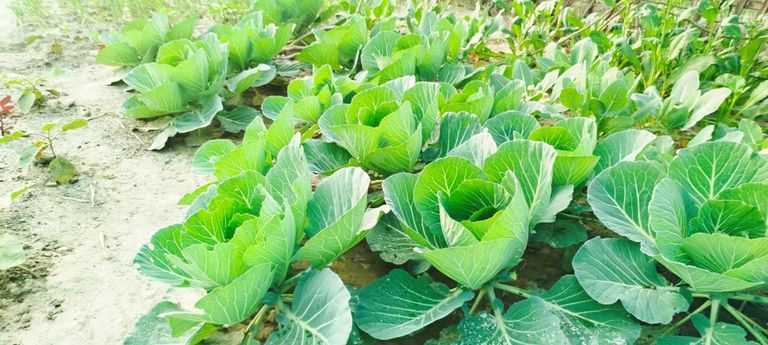
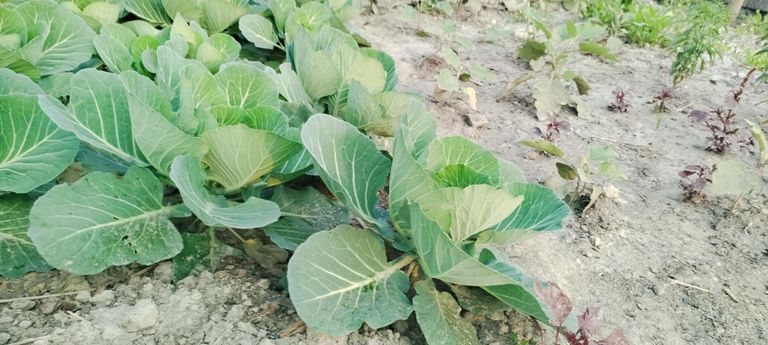
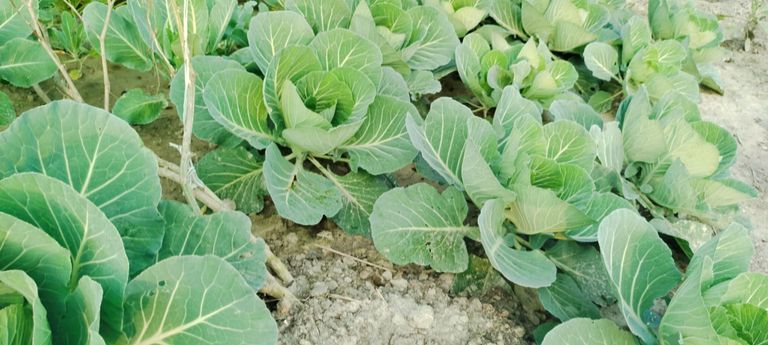
Cabbage is a highly nutritious and versatile vegetable that can be grown easily in a variety of climates with proper care and attention. Its cultivation requires a cool climate, fertile soil, and consistent maintenance to avoid pests and diseases. When harvested and stored properly, cabbage can provide essential nutrients such as vitamin C, vitamin K, and folate, while also offering significant antioxidant and anti-inflammatory properties. As a low-calorie vegetable rich in fiber, cabbage is a valuable addition to any diet, providing numerous health benefits and improving overall well-being.
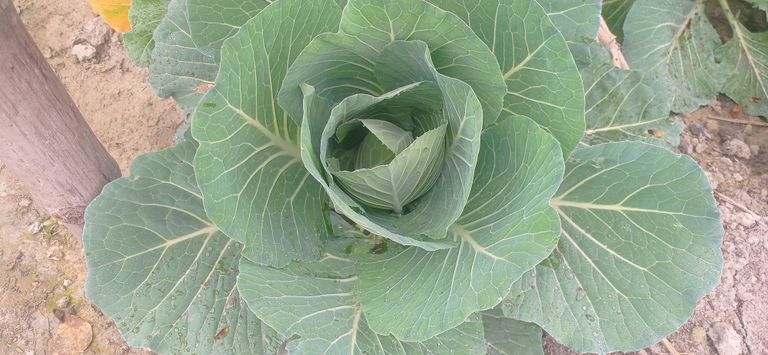
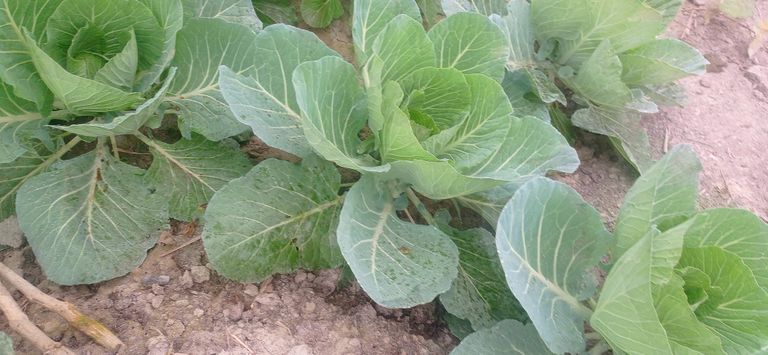
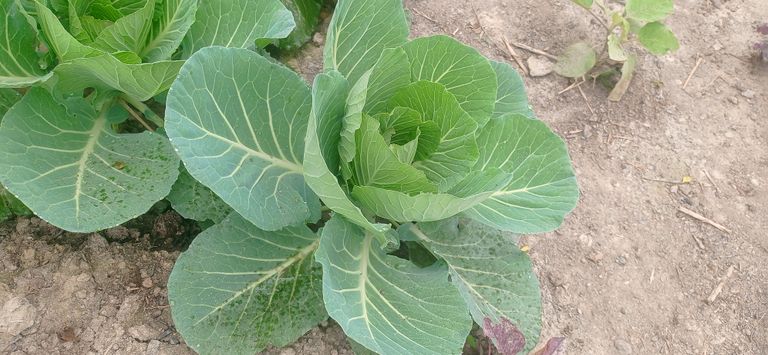
Video creadit Agro motion channel
So far Today...
Stay Home
Thanks for Your Time Friend.
♥♥♥♥♥♥
Ok
See you Again in a New blog.
Thanks for being with me.
Plese Follow Me......
@mspbro
★★To contact me★★
Subscribe My 3speak Channel https://3speak.online/user/mspbro
Follow me Twitter https://twitter.com/mdsumonpra
Add me Facebook https://www.facebook.com/sumon.mim84